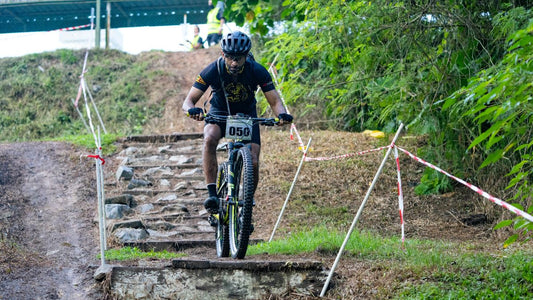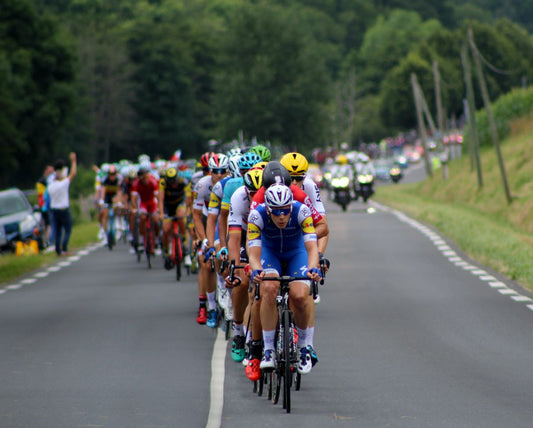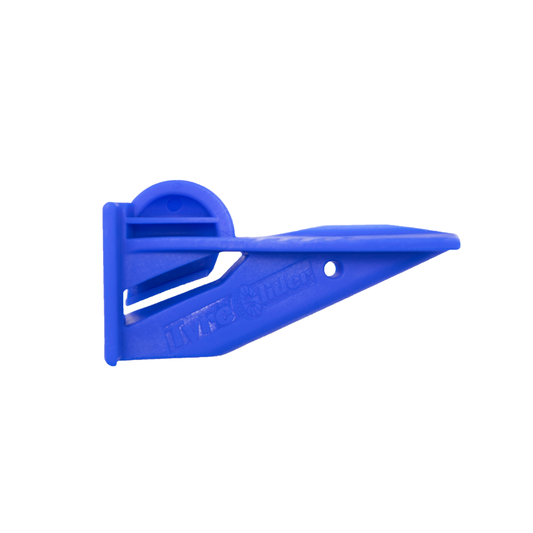bak rahyd
verb, noun
Riding on the back wheel of a bicycle
Example usage: I saw a cyclist doing a back ride down the street.
Most used in: Europe and North America.
Most used by: Mountain bikers, BMX riders, and stunt riders.
Popularity: 8/10
Comedy Value: 6/10
Also see: Drafting, Slipstreaming, Wheel Sucking, Drafting Off,
What is a Back Ride in Cycling?
A back ride, also known as drafting, is a cycling technique used to reduce air resistance and fatigue while cycling. It involves the cyclist following closely behind another cyclist or vehicle to take advantage of the reduced air resistance in the slipstream created by the leading rider or vehicle. This technique is commonly used by professional cyclists in races and group rides in order to save energy and increase speed.
Statistics show that drafting can reduce a cyclist’s air resistance by up to 40%, meaning that a cyclist can ride at a much higher speed with less effort. Additionally, drafting can reduce fatigue, as the cyclist is not working as hard to maintain speed. It is important to note that the leading cyclist must be riding at a speed that is comfortable for the cyclist following behind.
Overall, back riding is a beneficial cycling technique that can be used to save energy and increase speed. It is important to practice back riding in a safe and responsible manner, as it can be dangerous if done incorrectly.
The Origin of the Term 'Back Ride' in Cycling
The term 'back ride' has been used to describe a cycling technique since at least the mid-1800s. It is believed to have originated in the United Kingdom, where it was used by cyclists to help them climb hills more easily.
The technique involves the rider sitting on the back of the bicycle and pushing down on the pedals while the bike is stationary. This makes it easier to get up hills, and also reduces the amount of energy needed to achieve the same speed as regular cycling.
The term 'back ride' has remained in popular use since it was first used in the mid-1800s, and is still used today by cyclists around the world. It is an important part of the cycling technique, and helps to make cycling more enjoyable and efficient.












